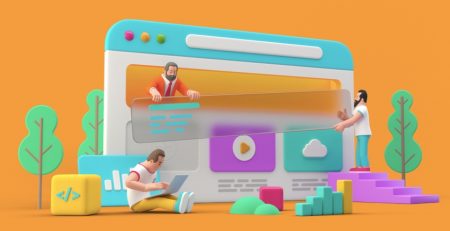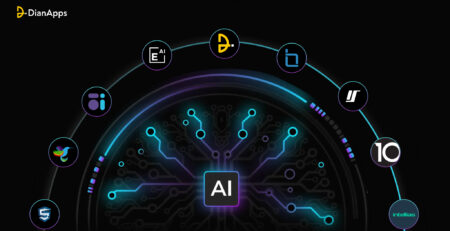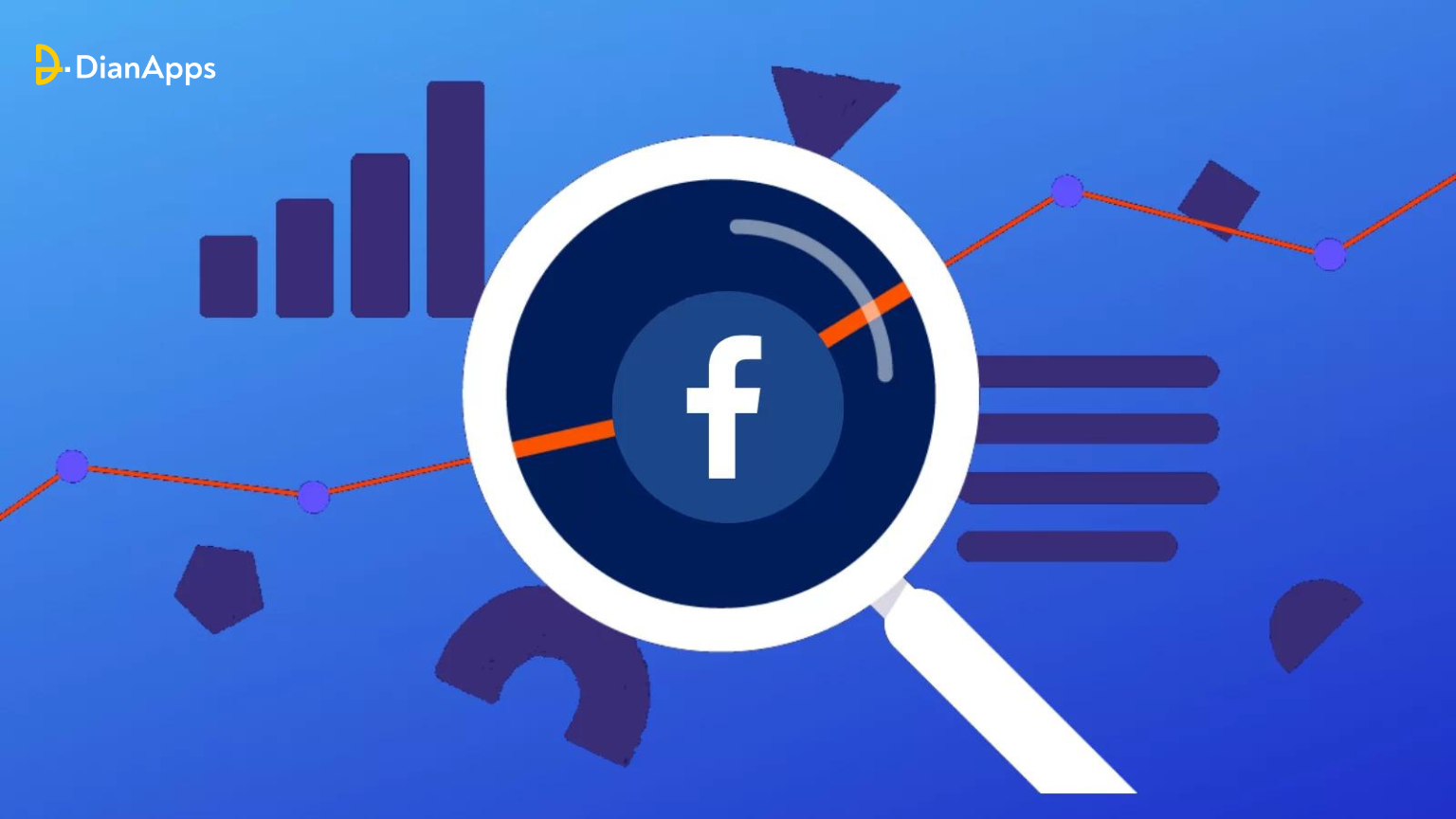How To Build An App Like Uber : Step-by-Step Guide
It’s likely to predict that we now have a number of on-demand transportation apps on your phone, which speaks to the popularity (or desire for!) of these apps. On-demand app development services are being offered by more and more companies in an effort to challenge the established major players in the sector. The effects of Airbnb on hotels and Uber on the traditional cab business are examples of prior successes in this area.
Currently, Research and Markets project that the on-demand market sector will increase by an astounding $4.75 billion between 2022 and 2026, at a CAGR of 60.77%. This indicates that if you’re thinking of releasing a new ride-sharing service, you’ve chosen it well. On-demand app development company must be approached correctly if you want to provide a solution that is catered to the demands of the already-saturated market in this cutthroat industry.
So, we will discuss the following subjects in this article:
- To create an app like Uber, you must include features similar to the app including the revenue models for the apps, and the technology stack that is used in Uber.
- Step-by-step instructions for creating an Uber-like application: Best ways to monetize your Uber
Let’s explore the technological and commercial aspects of developing an app similar to Uber.
How Does the Uber App Work?
The purpose of applications that resemble Uber is to facilitate travel requests by automatically determining location. The software then matches your requests with the nearest accepting driver. You may rate the ride after you’ve taken it and paid for it.
We use car safety technology all over the world. Let’s look into the reasoning behind Uber’s operations before getting into the technical aspects.
Who created the Uber app?
By sponsoring various events and transporting customers to their houses in San Francisco, Uber invested a large amount of money towards self-promotion and marketing.
Today, Uber is accessible everywhere on iOS and Android devices, taking help from mobile app development services will be a good option for you as well. The business was able to avoid most of its rivals. New Yorkers took 462,113 Uber trips daily in January 2019.
Fun fact: Uber Eats had a 200% rise in sales in 2020, although the ride-hailing component of the company saw severe declines both during and after the epidemic.
Uber doesn’t have a fleet of its own. The software instead links drivers and passengers. Uber’s whole process can be broken down into these 5 clear steps:
- Step 1: A customer uses the Uber app to make a vehicle request with a preset destination. The app displays the ride’s fee, which may change depending on the service and Uber app type.
- Step 2: Verifying the ride. The pickup spot is confirmed by the passengers.
- Step 3: Uber pairs the requested ride with the closest driver who is available. The request might be accepted or rejected by the driver. The software switches to a different driver if a ride request is declined.
- Step 4: After a ride is over, payment is made automatically. The user’s already-added payment account or credit card gets charged with the amount. Uber accepts a variety of payment methods, including PayPal, Android, and Apple Pay.
- Step 5: An essential component of the Uber app is rating. Both drivers and passengers rate each other. In this manner, Uber gives both sorts of users the greatest possible experience.
Uber uses a straightforward and efficient fare computation. It takes into account the length and timing of a given journey. For instance, the passenger gets paid per minute if the vehicle drives less quickly than 16 kilometers per hour. If the pace is higher, though, the fee is calculated according to the distance covered.
Learn how to leverage the mobile app development services that give an Uber-like app by reading on.
Recreating the Functionality in a Uber-Like App
Understanding the entire system in-depth is necessary to build an efficient taxi-hailing service like Uber. Three distinct applications must be made, one of which is appropriate for passengers and two of which are necessary for taxi drivers.
- An application for riders
- An application for drivers
- Management software for the firm
Your service also has to have a landing page that serves as the sign-up page for potential customers and drivers. The following features, categorized into passenger-oriented, driver-oriented, and admin panel-oriented characteristics, are required for an Uber-like app.
UI/UX Are Very Important
Start working on an Uber-equivalent app afterward. Spending more time on your prototype will produce better outcomes and enable you to avoid spending thousands of dollars. Don’t get carried away by Uber’s profitability and complexities when you develop your own app.
For your custom software development to be successful, it must have an aesthetically pleasing and intuitive user interface. As a result, be careful to perfect the project’s UI/UX design. Here are some guidelines to adhere to while creating your application’s user interface.
- Make the experience user-friendly.
- Add eye-catching visuals and aesthetic components to wow consumers.
- Keep the app’s taxi booking process moving smoothly.
Android/iOS App
How can I create an Android or iOS app similar to Uber?
Please make sure to select just one operating system for your app’s first release. This little trick can shorten the application’s time to market and save you numerous engineering hours.
An MBaaS (Mobile Backend as a Service) and hybrid cross-functional development are both excellent ways to deploy your MVP more quickly.
- Pick between Android and iOS.
- Consider developing a hybrid.
- Employ an MBaaS.
Uber Passenger-related Features
For the convenience and functionality of passengers, your app must include the following capabilities. Features of the app include:
1. Registration:
New users should be able to register for the taxi-hailing service using their email addresses or Facebook profiles. Another crucial step in the registration process is the verification of the phone number.
2. Taxi Booking:
The app needs to include a thorough system for booking taxis that enables you to enter the pick-up and drop-off locations as well as your chosen car type.
3. Driver Tracking:
Driver Tracking is a function that lets you follow the driver’s whereabouts on an internal map of the app.
4. Fare calculator:
Before making a reservation, a rider can use this service to estimate the cost of the trip. For the backend staff, incorporating this functionality might be a challenging job.
5. Payment:
Implement cashless payment methods, such as PayPal, credit cards, and others.
6. Push notifications
Push notifications are necessary to inform users of their cab booking status, estimated arrival time, and other information. Additionally, clients may receive reminders regarding offers and discounts.
7. Messaging:
Simple communication with the driver from inside the app.
8. Reviewing and rating the driver:
It is crucial for gauging their level of service and the overall quality of the experience.
9. Travel history or records:
Detailed view of prior payments and rides made using the app.
10. Customer support:
The rider has the option to contact customer support for assistance.
Add the following capabilities to your app as it develops and you start rolling out fresh versions to enhance the rider experience.
The driver automatically determines the pickup location as the user’s current position.
Give customers the chance to cancel their ride within a certain time after booking.
- Customers may see the whereabouts of all nearby taxis before making a reservation thanks to the real-time map integration in the app. Take help from a website development company to induce the functionality.
- Permit a group of passengers to divide the taxi fare among themselves.
- Stating the departure time while making a reservation for a ride.
- When booking cabs on the platform, support voice commands, and speech recognition.
- The inclusion of a panic button within the app increases user safety when using the taxi-hailing service.
- The “book for others” option can be made available so that customers can reserve cabs for their friends, family members, and other loved ones.
Uber-Driver-related Features
Some of the functionality created in the passenger application may be reused while creating the driver app features for your taxi-hailing business.
For example, texting, push notifications, log-in, support, and reviews are just as crucial for drivers, and both the driver and passenger applications maintain the same development structure for these features.
Look at some of the exclusive features below.
Status and profile of the driver:
Service administrators must confirm the driver’s information, including their license, auto insurance, and any other required papers. The status of a driver’s profile indicates whether they are available or booked.
Trip Alert:
This function aids in informing drivers when travelers schedule a trip. Based on the passenger’s location and destination, the alert must offer the choice to accept or reject the request.
Navigation:
The driver app has to provide a map feature that shows the shortest path to the desired location. Additionally, integration with Google Maps ought to aid in traffic-based route optimization.
Driver Delivery Stats:
If you’re trying to figure out how to create an app similar to Uber, concentrate on including driver data in your offering. These reports have to provide thorough statistics on the number of trips a driver makes as well as his or her monthly earnings.
In addition to these standard features, you can work to add more sophisticated features to your taxi-hailing app for drivers.
Preferred destination:
Using this function, a driver can choose preferred locations to get trip alerts from just passengers going to certain locations.
Meeting targets:
An incentive program offered by your mobile app development company may be available to drivers who reach specified goals. For example, completing a certain number of trips per month or receiving good reviews from all of their riders.
Waiting time:
Time spent waiting is just as precious to the driver as it is to the passengers. Therefore, setting a waiting period is an excellent approach to discourage riders from arriving late. With this option, you may add an extra fee to your service for customers who don’t arrive to meet the drivers at the agreed-upon place by a certain time.
Forward Dispatch:
Drivers can accept more trips before finishing their current trip thanks to this really helpful function. The transfer from one journey to the next may be facilitated and made more efficient via forward dispatch.
Uber Admin Panel to Monitor the Service
Without discussing the admin panel that manages and keeps an eye on interactions between drivers and riders, this essay on how to build an app like Uber would fall short.
Consider the admin panel to be the command post for your cab-hailing operations. Look at the high-level features that are required for all admin panels for the same services as Uber, which are described below.
- Manage users and drivers
- Location and fare management
- Feedback, Reviews, and Ratings
- Booking administration
- Notification control
- Vehicle administration
- FAQs and system for user and driver support management of content
- Integration of Google Analytics
- Reviewing the orders and payoffs for drivers
- Management of discounts and promotions
You can easily develop an admin app by using a BaaS – Backend as a Service. You won’t need to “create the wheel,” which will save you time and development hours.
Technologies Necessary for Building an Uber-like App
Knowing the features and functions of an app like Uber is only the first step in learning how to create one; you also need to put them into practice.
Therefore, you need a team with the technical know-how needed to implement such an application. You will discover the technical specifications for creating a cab-hailing platform in this portion of the blog.
Geolocation
Similar to Uber, geolocation is the essential technology for all apps. Look at the following navigation and mapping technologies:
- Employing CoreLocation framework for iOS mobile app development devices and Google’s API locators for Android devices to accurately pinpoint the position of the user’s device.
- Both Android and iOS phones provide maps in the form of Google Maps. As an alternative, you might also buy map services from other mapping software initiatives.
- On the iOS platform, you can provide drivers with precise instructions using MapKit, but Android users may get the same service using Google Maps API.
Push Notifications
You must deal with Push Notifications and messaging services within the app after dealing with the application’s Geolocation capability. Apps that are similar to Uber must have dependable methods of connecting drivers and riders. The notification service must include actions like trip booking, ride acceptance, and driver cancellations.
Geolocation and Push-Notifications feature implementation will be made simpler by using a BaaS – Backend as a Service. Utilizing these two capabilities lessens the technical work required for deployment because they are already incorporated into BaaS systems.
SMS
You should incorporate SMS services into your app if you want to further increase communication. When a user’s connection to the Internet is lost, it’s possible that they won’t get important alerts on their phones. You can use the SMS as a backup notification method for customers.
Payment Integration
The next crucial component of the program that your development team must address is Payment Gateway Integration. Your cab-hailing app should support card payments for the fare in order to avoid any future problems. However, you must follow specific guidelines and rules for managing such sensitive data if you want to move further with Payment Gateway Integration. The laws in each country tend to vary significantly in this area, so make sure before using this capability.
Uber-like App Use Cases
Simply creating an Uber clone app to replicate the success of the firm is a poor business strategy and a surefire way to fail. Consider how you want the service to affect people before you start developing it. For instance, creating a local cab-hailing service that unites independent drivers under one organization is a smart concept.
Uber has also released its API, making it simpler to apply the company’s business model to your sector or industry. Here are a few service cases when an app similar to Uber would be really helpful.
-
- Medical services
- Ad-hoc beauty services
- Delivery services for groceries and meals from nearby stores
- Services for Transportation
- Deliveries for online purchases
- On-demand car washing services
Conclusion
Here are a few more tips for mobile app developers who want to start offering cab-hailing services.
- Beginning with an MVP
- Select the functions and features that are essential to the program.
- To ascertain your company model’s target demography, do research and analysis.
- Make sure your company plan satisfies market expectations.
- Employ knowledgeable developers to code the app. You can hire dedicated mobile app developers from us for better business enhancement and smoother functioning of the Uber-like application.
- Take user input carefully and make the necessary adjustments to ensure the application’s long-term success.
Uber was successful because, at the time of its introduction, no other firm had created a comparable, broadly accessible taxi-hailing service. These website development services are already mainstream, making it more difficult for new enterprises to make a significant worldwide effect.
Your app can always succeed with creative concepts. Make sure you offer something special and helpful with the service, which should ensure that your business enjoys similar popularity to Uber.




